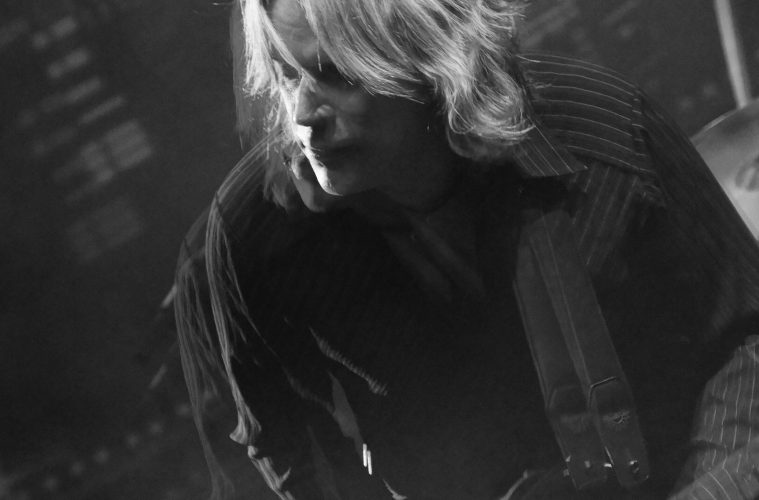I’m basically going to be playing over the changes of Electric Gypsy. D major, A major, B minor, G major, and that just keeps repeating. When I play it live that loops ad infinitum, and I get to have some fun melodically over it.
In this example, I’m going to start off by playing some open harmonic melodic ideas, which can be very effective and it’s a nice chimey tone. And then like we talked about earlier, the tapped harmonics, I play some melodic ideas with that. And then just some basic single note soloing, and I actually replicate some phrases from the original recording of Electric Gypsy on the Ear X-tacy CD.
The chord progression is D major to A major to B minor to G major. I’m considering each section two times through those chords as one section. The first section is just open harmonics, which is the natural harmonics produced. Like if you have the note D and you play it harmonic on the 12th fret, it’s called a natural harmonic. Where on the 7th fret you get the note A. Then the octave above that, D. So what I did was I constructed a melody using purely open harmonics.
The easiest frets to produce these harmonics are the 12th, 7th, and 5th. But every now and then you might need a melodic note that isn’t produced on those open strings in those sections. Like over the note A, over the chord A, I played a melody that I wanted to hear the third of that A major chord and that’s C#. And you can produce that note by playing harmonic on the A string in the 4th fret.


